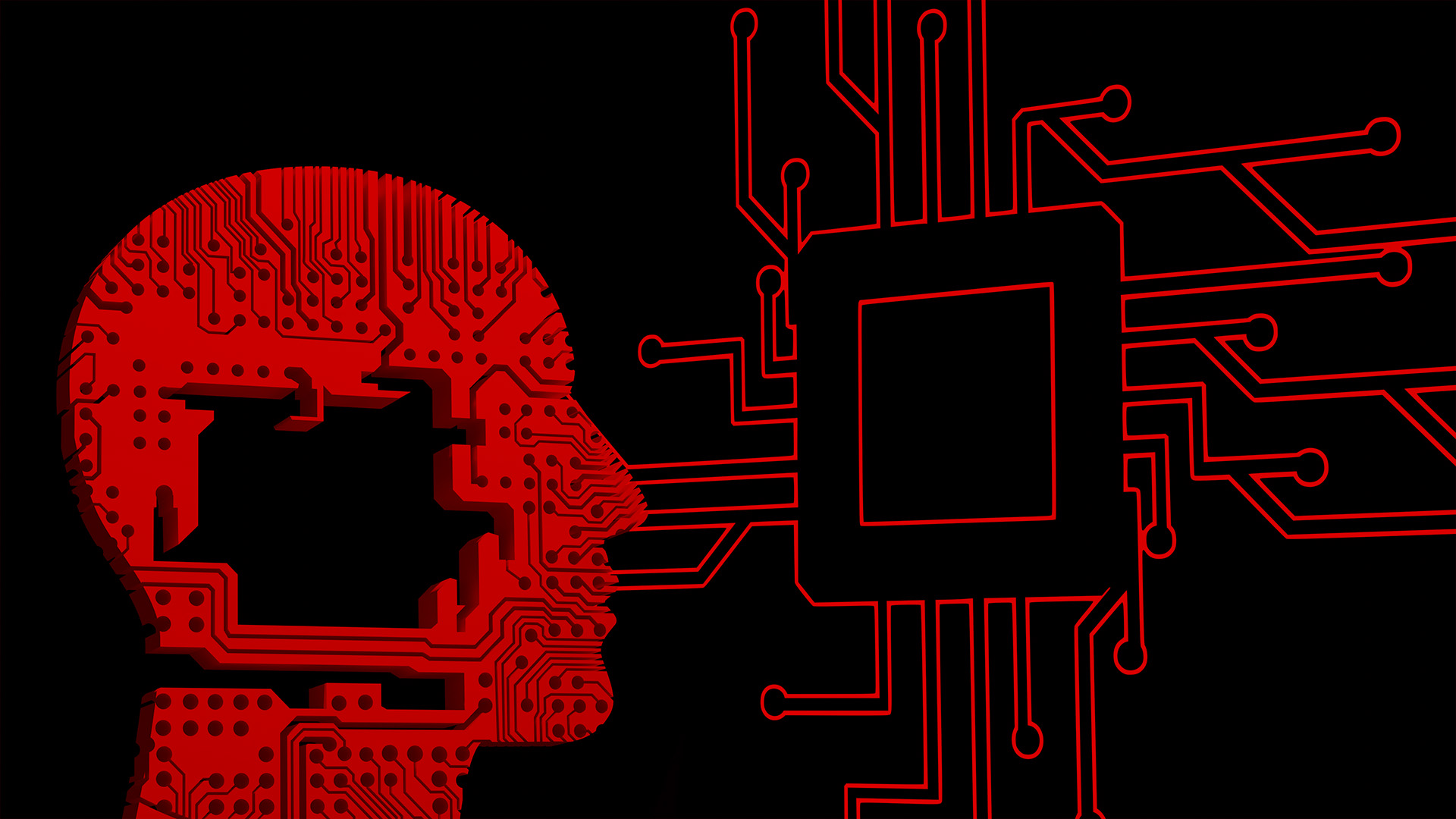Published by
In a landscape of constant technological transformation, every company must develop the organizational agility needed to explore how emerging technologies can redefine the future of their business and unlock new value-creation opportunities. The ability to adapt quickly has become a determining factor for maintaining relevance and competitiveness in today’s market. As a result, modernizing an organization’s technological ecosystem should no longer be viewed as a one-time project but as a continuous effort.
This has been the reality for large companies for quite some time. However, a catalyst has now entered the scene and is accelerating technological transformation even further: the recent advances in artificial intelligence. Although most companies have been exploring AI’s potential for several years, recent breakthroughs in Generative AI have unveiled new possibilities for using this technology. Autonomous AI agents promise to bring unprecedented optimization to various aspects of a business.
According to Gartner, 2025 marks the beginning of the AI Era—an era where the competitive landscape is strongly defined by which companies adapt faster and make more strategic use of the technology. We are possibly witnessing one of those moments in technology history, comparable to the emergence of the internet or cloud computing. Moments that redefine present investments and future possibilities. So, the question remains: is your company ready?
What Determines AI Readiness
Recent research, such as Cisco’s AI Readiness Index, indicates that the number of companies fully prepared for the challenges of the AI era is surprisingly low. According to the report, only 13% of organizations have the readiness level to be considered leaders in this race. But what factors ultimately determine an organization’s AI Readiness?
While helping our clients tackle the challenge of exploring AI’s transformative potential, we’ve observed that a high level of readiness is associated with simultaneous action on two fronts: implementing use cases and modernizing the technology foundation. As I’ll demonstrate, these two fronts are extremely complementary and, together, allow organizations to generate value in the short term while preparing for what is next.
Implementing AI Use Cases
The most recent forecasts show that AI will bring significant gains to organizations. According to PwC research, for example, artificial intelligence is projected to add $15.7 trillion to the global economy by 2030. The figures vary across studies from different institutions, but the outlook is consistently optimistic. Given such potential, it’s natural for all organizations to ask: how does this impact my business? What fraction of this value can we capture today?
To answer this question, it’s essential to start adopting the technology and learning from the results. For this, companies should prioritize the identification and implementation of AI use cases. By use cases, I’m referring to real applications of the technology to solve a business problem or explore an opportunity, whether aimed at operational efficiency, improving customer experience, or creating new revenue streams.
This is indeed what we’re observing in the market—enormous internal pressure starting at the most executive level of organizations to execute AI projects and demonstrate the return that technology can bring. But as in other moments in the history of technological transformations, there is the challenge of separating excitement from real value-generation opportunities.
Therefore, we can consider that a first aspect of AI Readiness is establishing an AI adoption strategy that provides visibility into how the organization will incorporate the technology into its business. At Bottle Rocket, we’ve been helping our clients articulate some fundamental aspects of this strategy:
- AI Ambition: How does the company view the use of artificial intelligence in business? To automate and optimize back-office operations? To offer a new experience for the end customer? Or to permeate the entire business?
- Use Case Mapping: Which use cases have already been identified to support this ambition? What is the technical feasibility of their execution? What is the potential return for the business?
Our goal with this mapping is never to create an exhaustive or static artifact, but a starting point to organize and synchronize efforts. It’s from executing use cases that the organization will learn and be able to calibrate its ambition and course-correct. It has never been so important to develop the ability to sense and respond—to feel the market and respond quickly.
When we start executing use cases, we enter into the other aspect that we evaluate as critical in AI readiness: the technology foundation that enables the implementation of new technologies.
Executing use cases experimentally or contextually—when the solution is very self-contained in one part of the business—generally doesn’t present major technical difficulties. It’s something that most companies are already ready to execute and have indeed taken concrete steps toward. However, when we evaluate more complex, more strategic use cases that require scale and broad integration into the organization’s tech ecosystem, the need for technology modernization begins to emerge.
Technology Modernization
Large companies have been investing in technology modernization for years. However, many organizations still have their agility and innovation capacity hindered by legacy systems and high volumes of technical debt. According to Tech Radar, about 70% of the software used by large companies was developed more than 20 years ago. When we assess the technical feasibility of implementing artificial intelligence projects, this fragility comes to the surface again.
To enable strategic and scalable AI use cases, the company must invest in an AI-ready technological foundation, such as the existence of a unified data platform that ensures quality, integration, and availability. Some aspects of this technological foundation have already been built in recent years, as they are enablers for other innovation initiatives. However, AI has brought the need for new capabilities to the corporate architecture of organizations, such as an orchestration layer for AI agents or governance tools for responsible AI.
We’ll discuss the challenge of modernization for AI in greater depth in other articles, but we can synthetically assess the need for modernization in 3 dimensions:
- Data: AI requires reliable, integrated, and real-time available data to feed accurate models and generate contextualized insights, especially for Generative AI and LLMs
- Applications: AI requires agile and flexible architectures that allow continuous integration of intelligent models and fluid access to contextual data throughout the organization
- Infrastructure: AI demands scalability, specialized computational resources, and robust governance to ensure secure, ethical, and optimized operations in complex high-volume data environments
In other words, being prepared for the AI Era also means doubling down on technology modernization and building the capabilities that will unlock the next era of business transformation. Without an adequate technology foundation, the promise of artificial intelligence simply won’t materialize at scale.
A Virtuous Learning Cycle
We believe, therefore, that AI Readiness is achieved through action on two fronts—use cases and modernization—simultaneously. In fact, the two fronts are extremely complementary and create a powerful virtuous cycle: as use cases are implemented, clear modernization needs begin to emerge; and as we modernize the company’s technology foundation, new, more strategic and transformative use cases become viable.
By associating investments in modernization with the implementation of use cases, we avoid falling into an already known but unfortunately still very common error: investing in technology for technology’s sake, without a direct link to value generation. A classic example of this trap is investing in a robust data foundation without having mapped and prioritized use cases for its utilization. We must never forget that no matter how much technology transforms, its fundamental function is still the same: to generate value for the business.
The Human Aspect of Transformation
So far, we’ve discussed preparation for the AI Era in two main aspects: Strategy and Technology. However, it’s impossible to talk about the topic without mentioning the importance of people and the company’s organizational model to succeed in this new phase.
According to the Cisco research mentioned earlier, among the pillars analyzed to determine AI Readiness, culture is the dimension with the lowest percentage of well-prepared companies. In the talent pillar, almost half of the organizations interviewed consider that they only partially have the right people to implement AI successfully.
But the challenge isn’t just about hiring, training, or retaining the right people. The ability to create a culture of learning and experimentation is fundamental for a scenario of constant transformation. AI certainly adds new challenges, but in essence, we’re talking again about the need for a more agile company that removes knowledge silos and where adaptability is an organizational competency.
This has been a constant focus for us throughout our journey, supporting our clients in their organizational transformation. By connecting our incredible network of professionals to our clients’ teams, we expand the possibilities for learning and growth. Together, we navigate the change necessary to succeed in the face of technological transformation.
Assessing your Organization’s Readiness
Digital transformation got you this far but AI is changing the game again. Staying competitive means assessing your readiness now, not later.
AI is no longer a future promise; it’s happening. To unlock its full potential, you need both a clear strategy and a modern tech foundation.
Share:
Categories
tags
Related Posts

Zippy’s Goes Digital—Without Losing Its Famous Aloha



